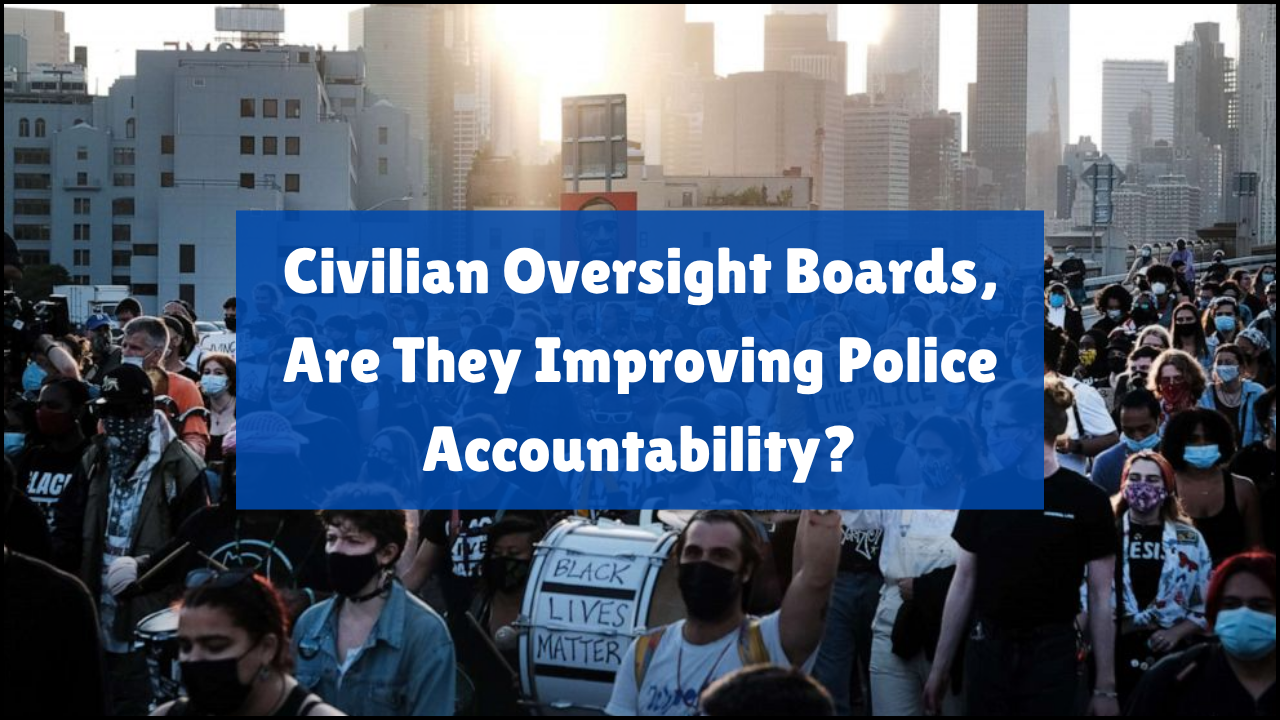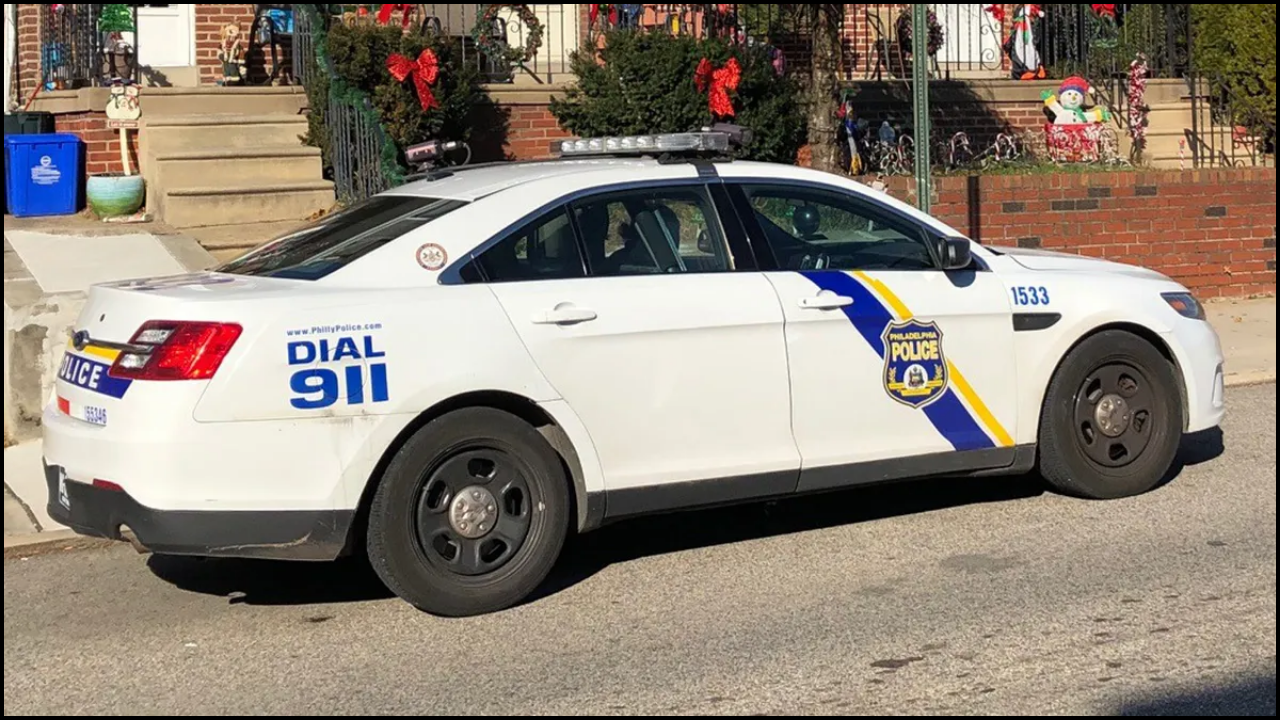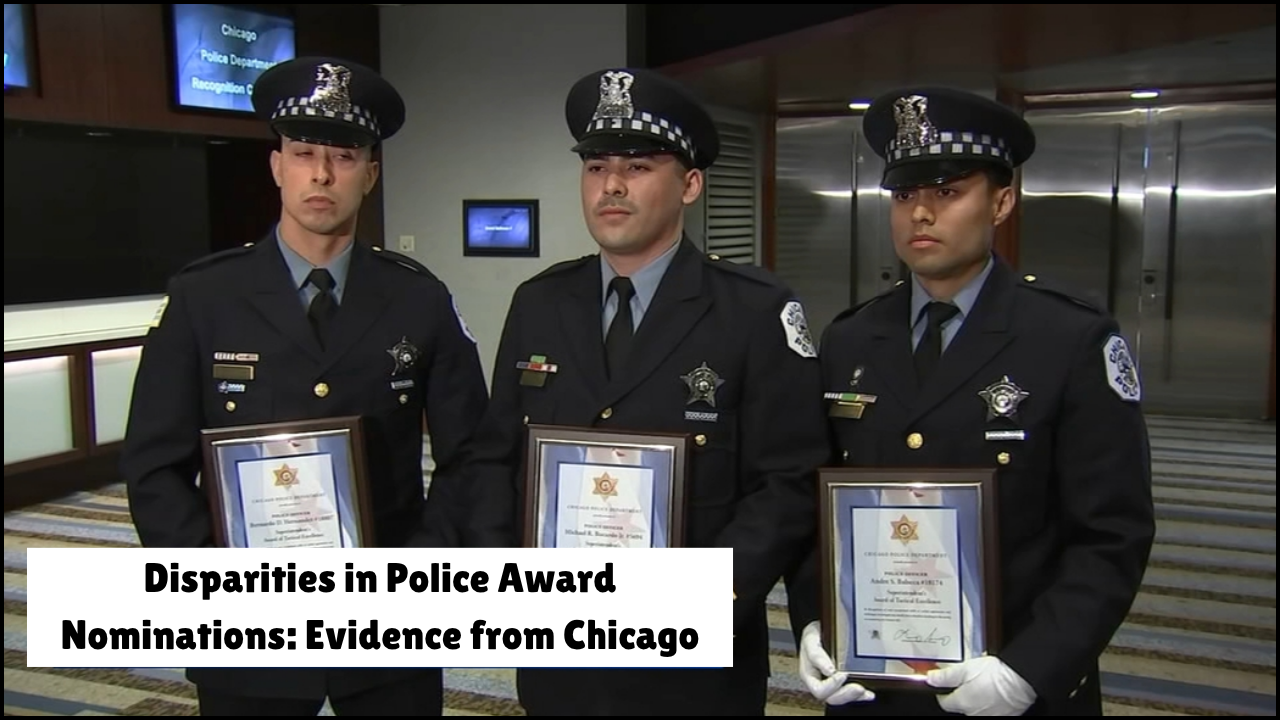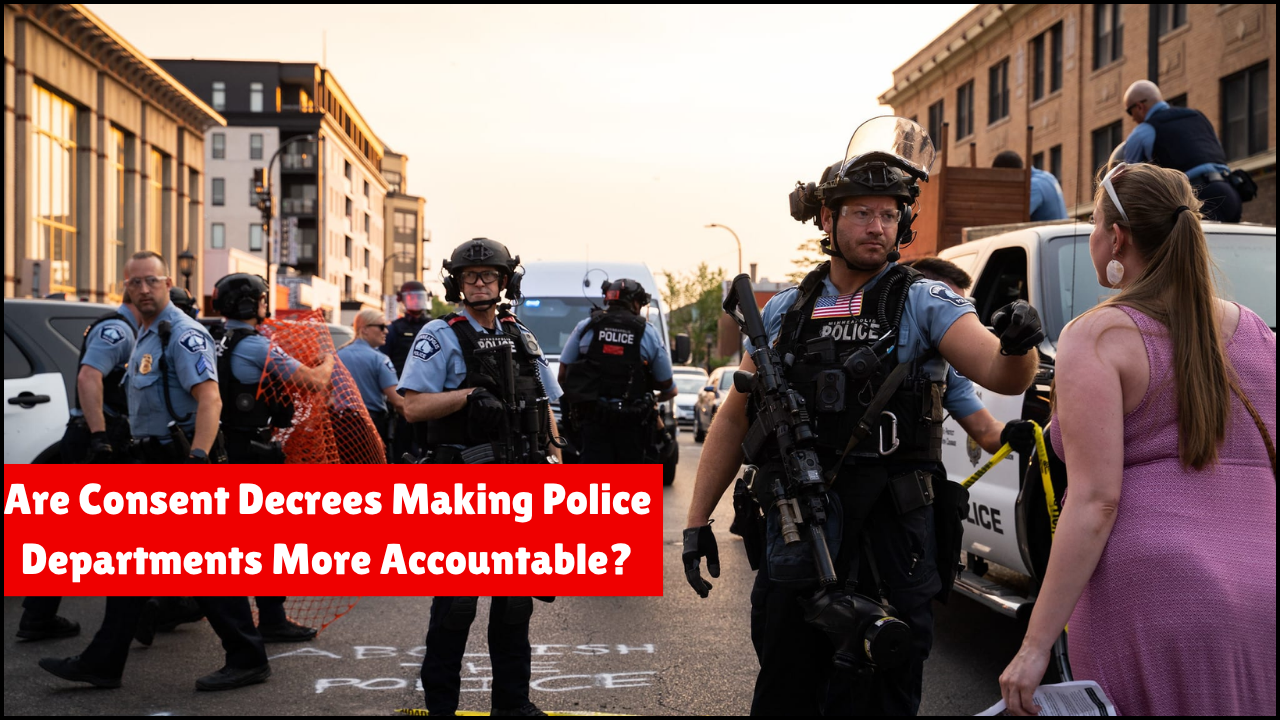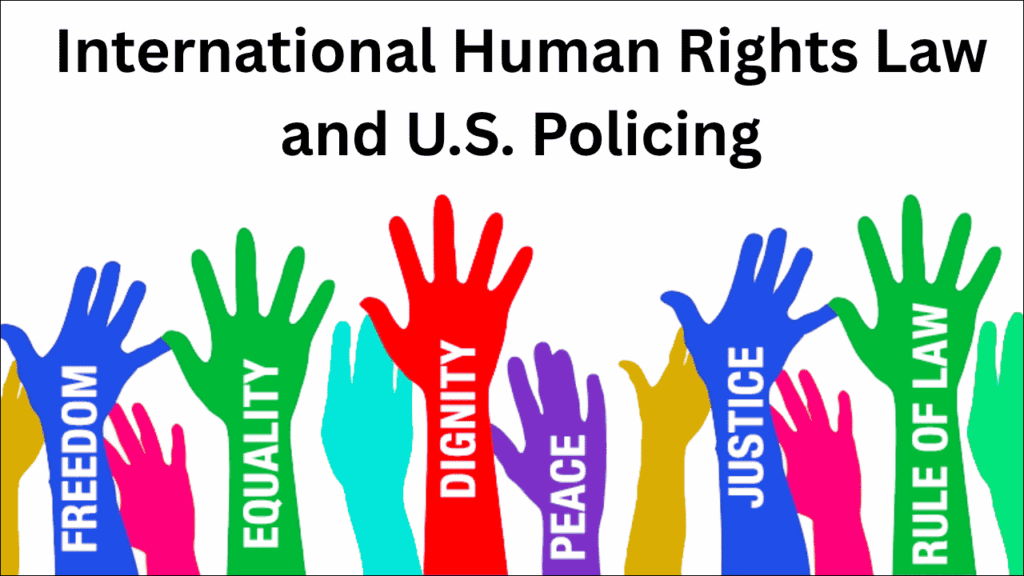
International human rights law sets clear standards for the treatment of individuals by state actors, including law enforcement. U.S. policing, however, has often been under scrutiny for practices that may violate these international norms. Instances of excessive force, racial profiling, and lack of accountability have raised concerns globally. An analysis of U.S. policing through the lens of international human rights reveals gaps in compliance and provides a framework for reform.
Table of Contents
Key Principles of International Human Rights Law
- Universal Declaration of Human Rights (UDHR): Adopted by the United Nations in 1948, it sets out fundamental human rights to be universally protected.
- International Covenant on Civil and Political Rights (ICCPR): Ratified by the U.S. in 1992, it binds the country to uphold civil liberties such as the right to life, protection from torture, and equal treatment.
- Convention Against Torture (CAT): Requires state parties to prevent acts of torture or cruel, inhuman, or degrading treatment.
- Basic Principles on the Use of Force and Firearms by Law Enforcement Officials: Adopted in 1990, this UN document emphasizes restraint, necessity, and accountability in policing practices.
Comparative Framework: U.S. Policing vs. International Standards
| Principle | International Standard | U.S. Policing Practice |
|---|---|---|
| Use of Force | Force should be proportional, lawful, and used as a last resort | Use of lethal force often occurs during routine policing |
| Accountability | Effective oversight mechanisms should exist | Qualified immunity protects officers from many civil lawsuits |
| Non-Discrimination | Law enforcement must avoid discriminatory practices | Racial profiling persists, especially in traffic stops and arrests |
| Right to Life | Must be protected at all costs | High rates of police killings compared to other developed nations |
| Access to Justice | Victims of police abuse must have remedies | Internal investigations frequently lack independence |
Issues in U.S. Policing That Conflict with Human Rights Norms
- Police Brutality: Repeated incidents involving excessive use of force—especially against African American communities—violate the ICCPR’s right to life and freedom from cruel treatment.
- Militarization of Police: The use of military-grade weapons and tactics during protests and raids contradicts the principle of proportionality under international law.
- Lack of Oversight: Internal review systems often result in little to no accountability, contradicting obligations under the CAT for prompt and impartial investigations.
- Surveillance Practices: Excessive surveillance without warrants infringes upon privacy rights under Article 17 of the ICCPR.
- Detention Conditions: Overcrowded and inhumane jail conditions fall short of the minimum standards defined by the UN Standard Minimum Rules for the Treatment of Prisoners.
Human Rights Bodies’ Criticism of U.S. Policing
- United Nations Human Rights Council: Has repeatedly expressed concern about police violence and systemic racism in the U.S., urging comprehensive reform.
- Human Rights Committee (HRC): Recommended that the U.S. improve data collection on use-of-force incidents and eliminate racial disparities in arrests.
- Special Rapporteurs: Issued statements following incidents like the killing of George Floyd, stressing that these actions could be seen as human rights violations.
Examples of Rights Violations
| Case | Human Rights Concern | International Law Breach |
|---|---|---|
| George Floyd (2020) | Excessive force leading to death | Violation of ICCPR Articles 6 (right to life) and 7 (torture) |
| Breonna Taylor (2020) | Lethal force during no-knock raid | Lack of proportionality and necessity |
| Ferguson Protests (2014) | Militarized police suppression of peaceful protest | Violation of ICCPR Article 21 (peaceful assembly) |
| Stop-and-Frisk in NYC | Racial profiling and unlawful searches | Violation of ICCPR Article 26 (equality before the law) |
Reform Movements Inspired by Human Rights Standards
- Campaign Zero: Uses data-driven policy solutions aligned with international standards, like limiting force and increasing accountability.
- 8 Can’t Wait: Promotes specific use-of-force policies to reduce killings and align U.S. practices with human rights norms.
- Calls to Defund the Police: Aim to reallocate funds toward social services and community-led safety efforts, which support the right to health and education.
- Federal Proposals: Legislation such as the George Floyd Justice in Policing Act includes measures like banning chokeholds and creating national databases, responding to international concerns.
Recommendations from an International Human Rights Perspective
- Reform Qualified Immunity: Removing or narrowing this doctrine would align U.S. law with the CAT’s requirement for effective remedies.
- Establish Independent Oversight Bodies: Institutions with the power to investigate and prosecute misconduct are necessary to meet international obligations.
- Mandatory Human Rights Training: Police should receive instruction on international human rights laws and obligations as part of their certification.
- Data Transparency: The U.S. must collect and report comprehensive data on use-of-force incidents, disaggregated by race and gender.
- Community Participation: Policymaking should include voices from marginalized communities to fulfill the right to participation in public affairs.
Success Stories in Aligning with Human Rights Norms
| City/State | Initiative | Impact |
|---|---|---|
| Camden, New Jersey | Disbanded and rebuilt the police department with community oversight | Significant drop in use-of-force complaints |
| Seattle, Washington | Implemented consent decree following DOJ investigation | Improved training and accountability protocols |
| San Francisco, California | Limited use of certain police equipment and increased transparency | Better public trust and fewer violent encounters |
In Summary
International human rights law provides a clear framework for evaluating and improving U.S. policing. Persistent issues such as excessive force, discrimination, and lack of accountability highlight the need for urgent reform. Aligning national practices with global human rights standards not only upholds legal obligations but also strengthens community trust, public safety, and democracy itself.


